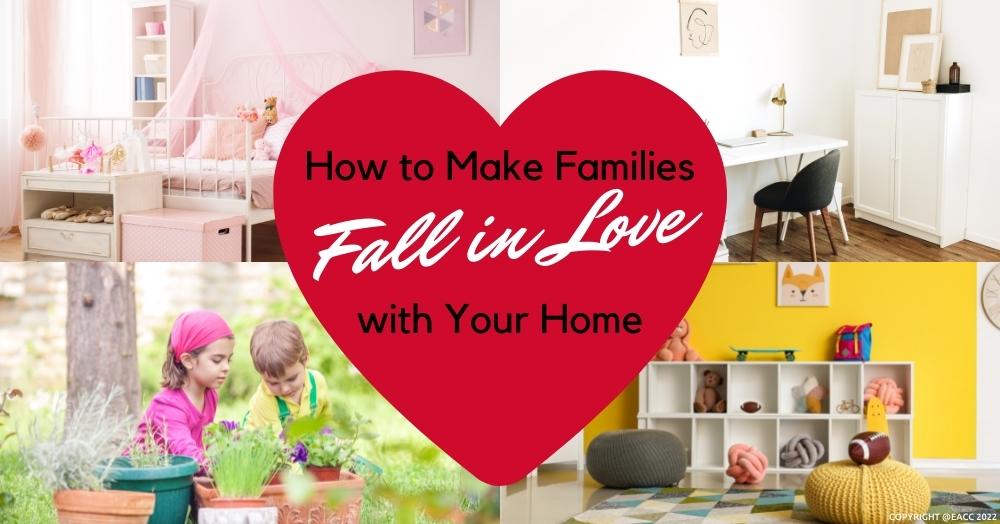This two-minute read looks at how to ensure your home appeals to buyers looking for a family home.
When it comes to devising a marketing strategy to sell your home, the first step is establishing your target buyer.
For example, if you’re selling a slick, minimalist penthouse studio, there’s no prizes for guessing that your target will be young professional buyers.
But if it’s a house or garden flat that you’re bringing to market, then buyers with families should be at the forefront of your mind.
The great thing about this group is that they tend to be committed buyers. They’ve usually done their homework on local schools, nurseries and parks and have their hearts set on securing a property in the area. Hence, when they fall in love with a property, they mean business.
What families want in a home
Emotions play a big part in the purchase of a family property. Buyers are looking for their ‘forever home’, a property that will serve their purposes long term and be a safe and happy place to raise their children.
First impressions
A property viewing is like a first date – first impressions are crucial. Ensure the front of your home looks tidy and welcoming. Paint your front door a strong colour and add some shrubs and brightly coloured flowers. If you have a front gate, make sure that it closes (this will reassure parents with young children).
Garden
Childproof the garden as much as possible. Make sure there are no obvious hazards like gaps in fences, broken pavers or unfenced ponds/water features. Add outdoor dining furniture so that buyers can visualise themselves entertaining outdoors.
Living spaces
Think carefully about the furniture layout; your aim is to create a sense of flow. Also, consider creating a defined ‘workspace’ so that parents who work from home can keep some separation between work and play. Storage is another winning factor as parents will be looking for somewhere to keep all their kids’ paraphernalia.
Bedrooms
Dress at least one of the bedrooms with twin beds to send that subtle message that your home would be ideal for raising children.
For more tips on getting the best price for your home, get in touch with us here at Hi Residential.





